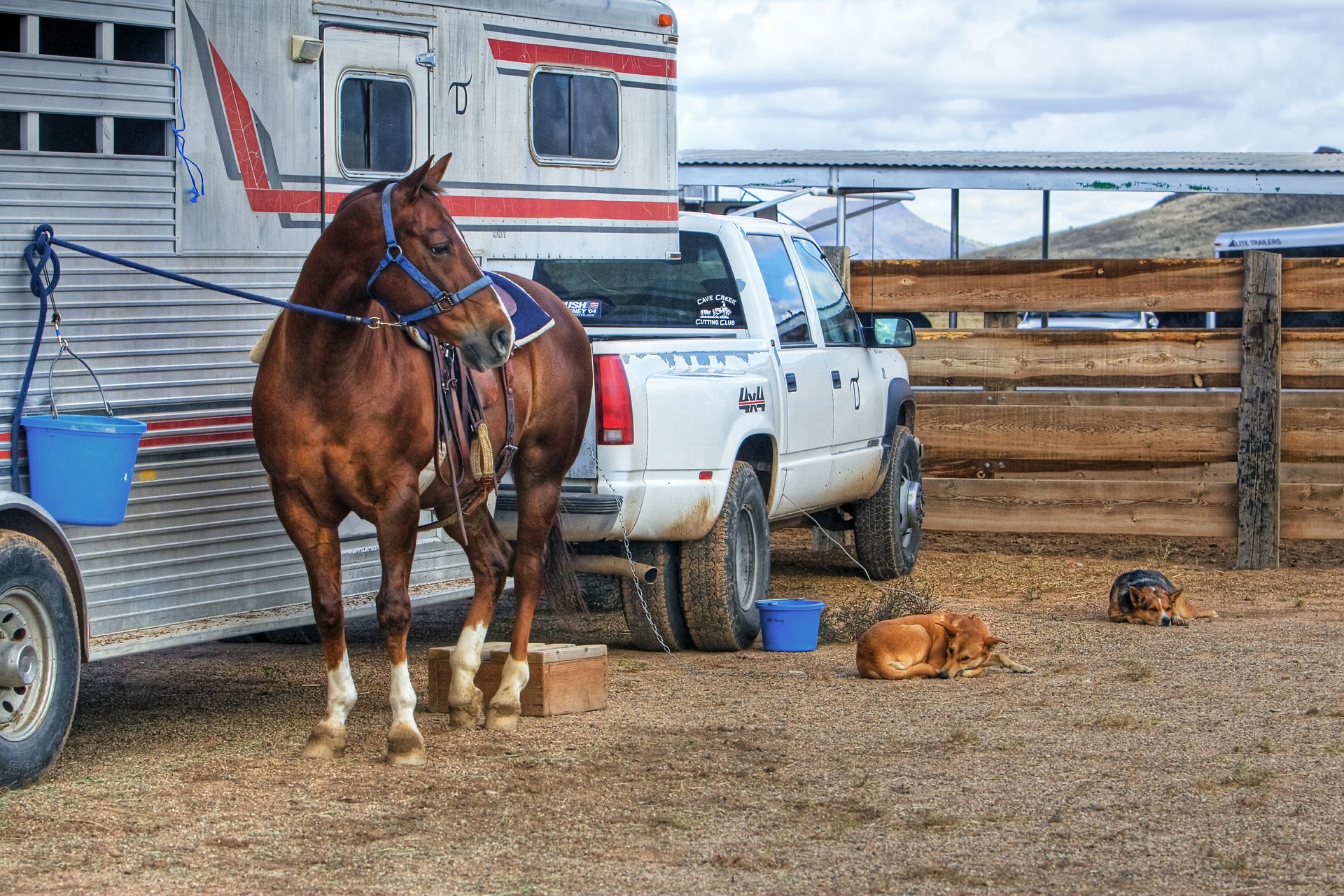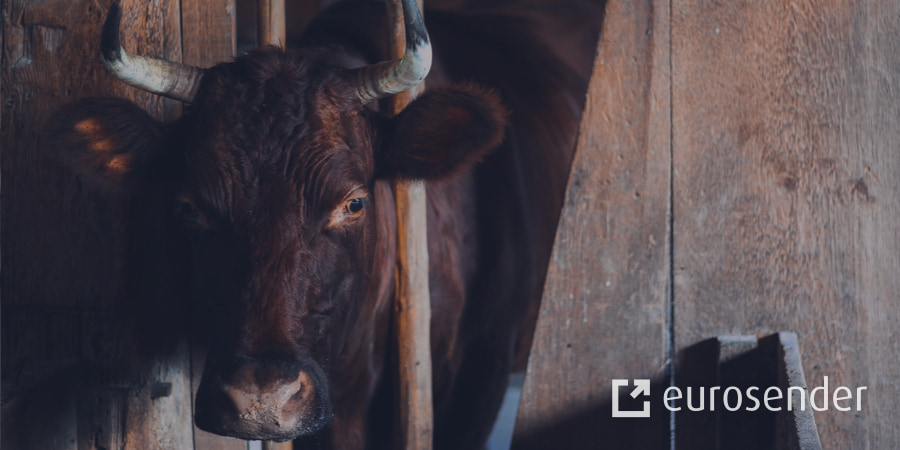What is livestock transport?
You may wonder what the term livestock transportation means. Well, livestock transport is the movement of farm animals via sea, road, rail or air. The term livestock itself is used as a combination for farm animals such as for cows, sheep, goats, pigs and horses. The purpose of transporting cattle can be for beef and other food products, dairy, breeding or simply relocation. The international livestock industry is large in numbers. As a matter of fact, the amount of livestock within Europe is over 100 million with the biggest exporters of live cattle in Europe being France, The Netherlands, Germany and Spain.
You may want to read about
What are the livestock transport regulations?
There is much controversy around the topic of livestock transport as critics claim the livestock haulage conditions are not animal-friendly. To make the journey as pleasant for animals as possible, livestock transportation is subject to strict requirements in the European Union. All animals moving between the EU Member States must carry a health certificate validated by an official veterinarian that confirms the animal fulfils the basic animal health requirements.
For animal transport, there are strict regulations that refuse the majority of animal species for transport. Transport companies can relocate livestock under certain circumstances. International livestock transportation laws are strict to support the safety and well-being of the animals. As a result, not all logistics service providers but freight forwarders generally organize the transportation of livestock. Freight forwarders arrange shipments on behalf of individuals or companies. These livestock transportation companies specialize in the transport of animals.
You may be interested in:
As per EU regulations, the animals must have enough food, water and bedding to cover the whole journey. It is very important for livestock transportation companies to follow these livestock transport regulations. The vehicle should be large enough to fit all animals and the inside temperature should be below 30˚C. As for the driver, he must know where to stop to feed the animals and let them rest. It is also the driver’s responsibility to drive smoothly, check the livestock on a regular basis and give the animals enough water, food and rest.
Livestock transport by truck, train, plane or boat?
All of the above- livestock haulage is possible via truck, train, boat and airoplane. Within Europe, logistics service providers generally ship cattle via truck. The most appropriate modes for animal transport are via road or rail. In the old days, farmers would relocate cattle via droving or herding. Nowadays, transportation companies use specialized trucks for more efficient transport. Using vehicles also makes it possible to go much longer distances.

What are the livestock transport rates?
To calculate the costs of livestock transportation is rather complicated as it depends on a number of factors. The price varies based on the type of animal and the distance. On average, the cattle transport rates are €1.00-2.50 per km. As cattle transportation requires more care than shipping general goods, logistics service providers set the prices accordingly.
